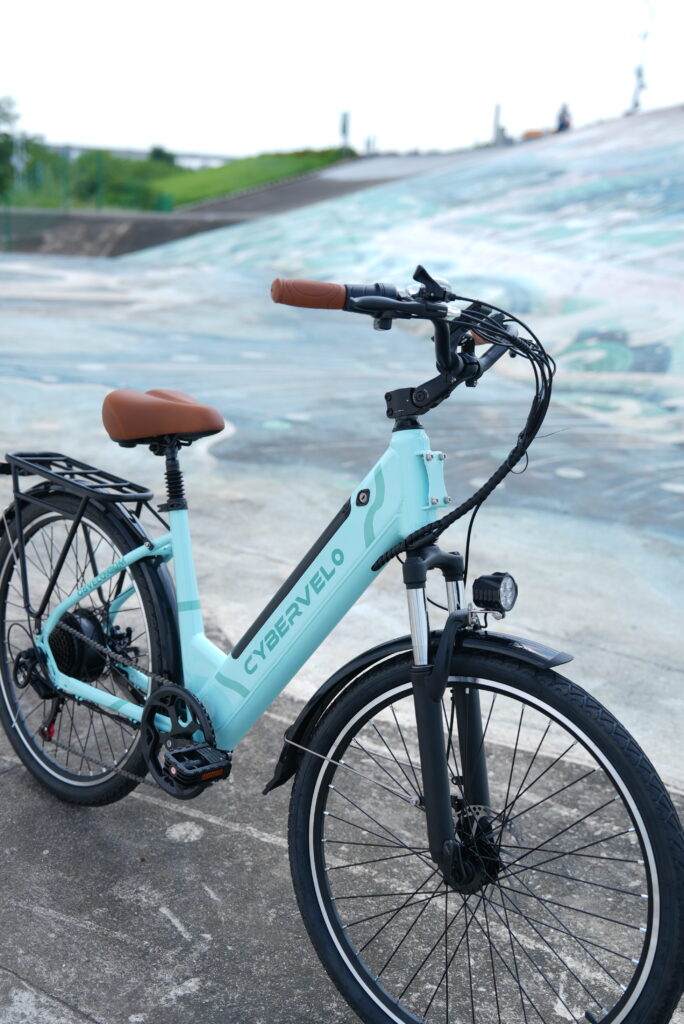The sight of someone effortlessly cruising uphill on an e-bike often raises eyebrows: “Is that even exercise?” This is the e-bike fitness paradox. While the motor provides assistance, the answer is a resounding yes – you are getting exercise, often more than you might think, and in potentially more beneficial ways.
Dispelling the Myth: An e-bike doesn’t pedal itself. The rider must pedal to activate the motor (unless using a throttle-only model, but pedaling is still involved for range). The key difference is the level of assistance. Think of it as having variable tailwinds or adjustable gears that make pedaling easier, but you’re still propelling the bike forward with your legs.
Measuring the Effort: Studies using heart rate monitors and power meters consistently show e-bike riders engage in moderate-intensity physical activity. Heart rates typically reach 60-75% of maximum, which falls squarely within the range recommended for cardiovascular health benefits. Riders burn calories – often 300-400 calories per hour or more, depending on terrain and assist level. This is less than vigorous traditional cycling but significantly more than driving or sitting on a bus.
Lower Barrier, Higher Consistency: This is where the paradox resolves into a major health benefit. E-bikes lower the barrier to entry. Hills, distance, headwinds, and fitness limitations become less daunting. This makes people more likely to choose cycling for transportation or recreation. Someone who would never consider a 10-mile hilly commute on a regular bike might happily do it daily on an e-bike. The key is consistency: moderate exercise done frequently (like daily commuting) yields far greater long-term health benefits than sporadic, intense workouts that people might avoid due to difficulty or inconvenience.
Tailored Intensity: E-bikes offer unique control over workout intensity. Feeling energetic? Dial down the assist for a harder ride. Tired, carrying cargo, or facing a monster hill? Crank up the assist. This adaptability encourages riders to stay active even on days when they might otherwise skip exercise. It allows people recovering from injury or with chronic conditions to exercise safely within their limits.
Going Farther, Exploring More: E-bikes encourage longer rides and exploration of varied terrain. Riders cover greater distances and spend more time outdoors than they might on a traditional bike or by other means. This increased duration and engagement contribute significantly to overall activity levels and well-being.
The Verdict:E-biking’s true value goes beyond raw performance. On tough terrain, peak exertion may be lower than traditional cycling. But this misses its bigger impact. E-biking delivers substantial moderate-intensity exercise. It’s the consistent movement experts recommend for long-term wellness. And it avoids the burnout that derails routines.What makes e-biking stand out? It makes exercise accessible, sustainable, and enjoyable for more people. It helps those intimidated by traditional cycling’s intensity. Short drives become calorie-burning journeys. This boosts health and reduces emissions.Long-term, e-biking builds consistent activity. That’s critical for fitness and disease prevention. Its adaptability helps. Riders adjust assist levels to daily energy. This makes sticking to a routine easier. It solves fitness’s paradox: “real exercise” doesn’t need to be grueling. E-biking redefines activity as achievable and enjoyable. It empowers more people to embrace active lifestyles for better health.https://regic.net



